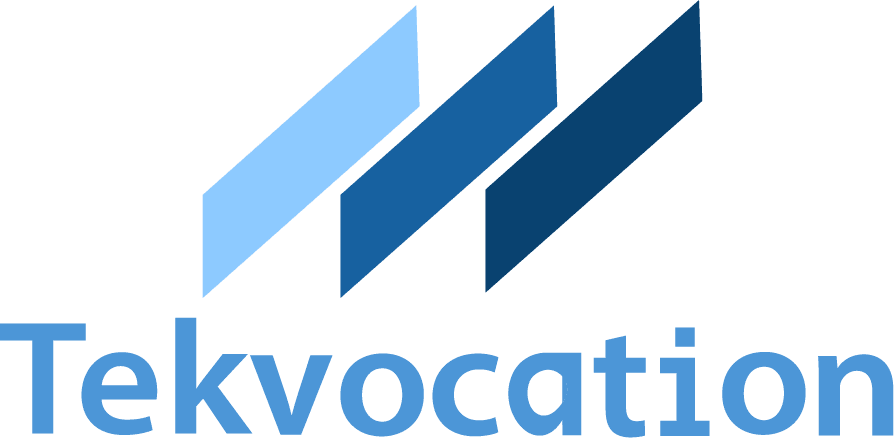In Mysuru, Cyberlancers Pvt Ltd is contributing uniquely to the field of cybersecurity through its advanced simulation lab. This setup demonstrates real-world attack and defense scenarios across environments such as hospitals, schools, and airports. Their flagship product, an integrated cybersecurity simulation device, connects to lab networks and functions as a localized Security Operations Center (SOC), where students experience both attack and defense strategies in real time. During our visit, we witnessed how Cyberlancers blends innovation with practical education, preparing the next generation to address the evolving threat landscape.
As artificial intelligence reshapes technology, it is also transforming the risks that come with it. Cybersecurity, once focused on defending networks from predictable attacks, is now facing threats that adapt, learn, and evolve. AI-generated phishing campaigns, self-learning malware, and automated intrusion methods are moving from theory into practice, creating challenges that demand a new way of thinking.
When AI Becomes Both Shield and Sword
Artificial intelligence is changing security on both sides. For defenders, it brings faster detection, predictive analysis, and automated response systems. For attackers, it offers the ability to create highly targeted campaigns and tools that bypass traditional defenses.
Dinakar C, Cyber Security Analyst at Cyberlancers Pvt Ltd , describes this dual role clearly. “AI will not just react, it will predict and prevent,” he says, noting how machine learning is being built into monitoring systems to flag intrusions earlier. But he also cautions that the same capabilities are available to malicious actors who are developing adaptive malware and advanced attack strategies. “Technology must reflect values like trust and responsibility,” Dinakar adds, stressing the importance of human judgment in guiding how AI is applied.
The Hidden Risks of AI-Driven Development
Generative AI in software development is accelerating innovation, but it can also create new risks. Automated code generation may introduce hidden flaws that scale quickly if overlooked.
Subramanya Sripadu, Application Development Team Lead at Accenture, draws on his experience with DevOps automation. “When the basics are clear, AI becomes a true accelerator,” he explains, emphasizing that strong fundamentals still matter in an AI-driven workflow. He warns that if security checks are weak, vulnerabilities can be embedded across infrastructure, applications, and design. “Security must exist at every layer,” Sripadu notes, urging teams to integrate safeguards throughout the development process.
Building a Proactive Security Mindset
Both experts agree that the future of cybersecurity requires more than reacting to incidents. AI-powered threats move too quickly for traditional defenses. Systems must be designed to anticipate risks, using intelligence not only to respond but to prevent attacks before they occur.
Safeguarding the Digital Future
Cybersecurity in the age of AI is not just a technical challenge—it is a matter of trust. How organizations and societies manage AI-driven risks will shape the stability of digital systems. As Dinakar and Sripadu highlight, the way forward lies in pairing advanced tools with foresight and responsibility. The promise of AI will only endure if it is matched with security strong enough to protect it.
